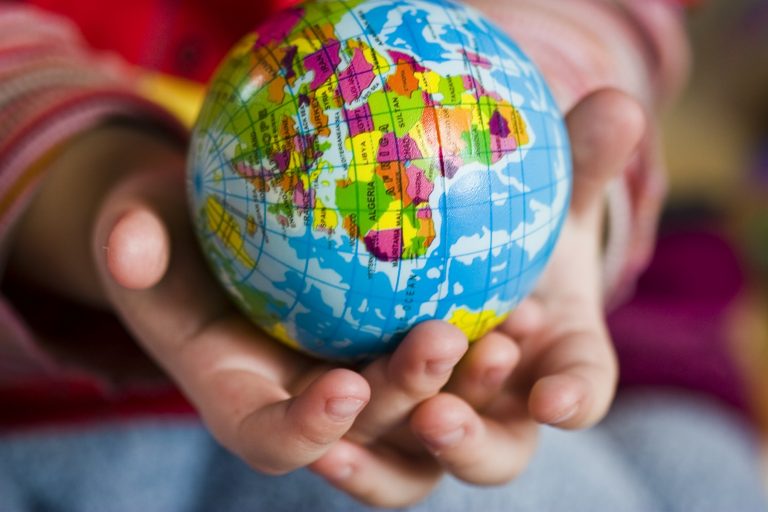
Stateless persons are people that no state recognizes as its citizens. This means that they do not have a set of rights and cannot participate fully in the social and political life of the country in which they actually live.
The UNHCR (United Nations High Commissioner for Refugees) estimates that there are around 10 million stateless people in the world. However, it is difficult to have a clear picture. This is due first of all to the very nature of the phenomenon, which usually does not appear in the personal data.
In addition to that, only 78 states in the world have reported data on stateless persons on their territory.
To improve such situation, the Convention relating to the Status of Stateless Persons was approved in 1954. In addition to defining who falls into the category, the Convention has established a series of fundamental rights and duties that states must guarantee to stateless people.
What Does Stateless Mean?
The word stateless is of Greek origin and literally means “without a city“. There are a number of reasons why statelessness can be a condition. For example, it could be a consequence of migration or expatriation. In such cases, people may lose the citizenship of their country without having obtained the citizenship of the new country in which they live in the meantime.
However, most of the time stateless persons are people who have never left the country in which they were born. In these cases, being stateless depends on precise laws, often discriminating against certain minorities. For example, this is what happened to the Rohingya in Burma. The Rohingya are a very poor population from Bangladesh, but they have lived in Burma for many generations. Considered one of the most persecuted minorities in the world, they are Muslims living in a predominantly Buddhist country. Because of their ambiguous background, they have no Burmese citizenship. As a result, they cannot vote and have limitation in accessing education, health care and land ownership.
The Rights of Stateless Persons
The condition of stateless people is similar to that of refugees. Like them, in fact, they must have their status recognised by the state where they live or by the UNHCR. The 1954 Convention sets out the rights guaranteed to stateless persons, broken down by category.
The Convention covers first and foremost the rights of property, association and the right to apply to the courts. Secondly, it protects rights related to employment, both self-employed and dependent, and access to the liberal professions. In addition, it guarantees welfare rights, such as the right to housing and public education. Finally, rights related to administrative measures are included, such as having identity documents, travel documents, being free to move, to transfer assets and to be naturalized citizens.




